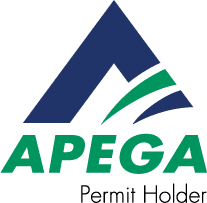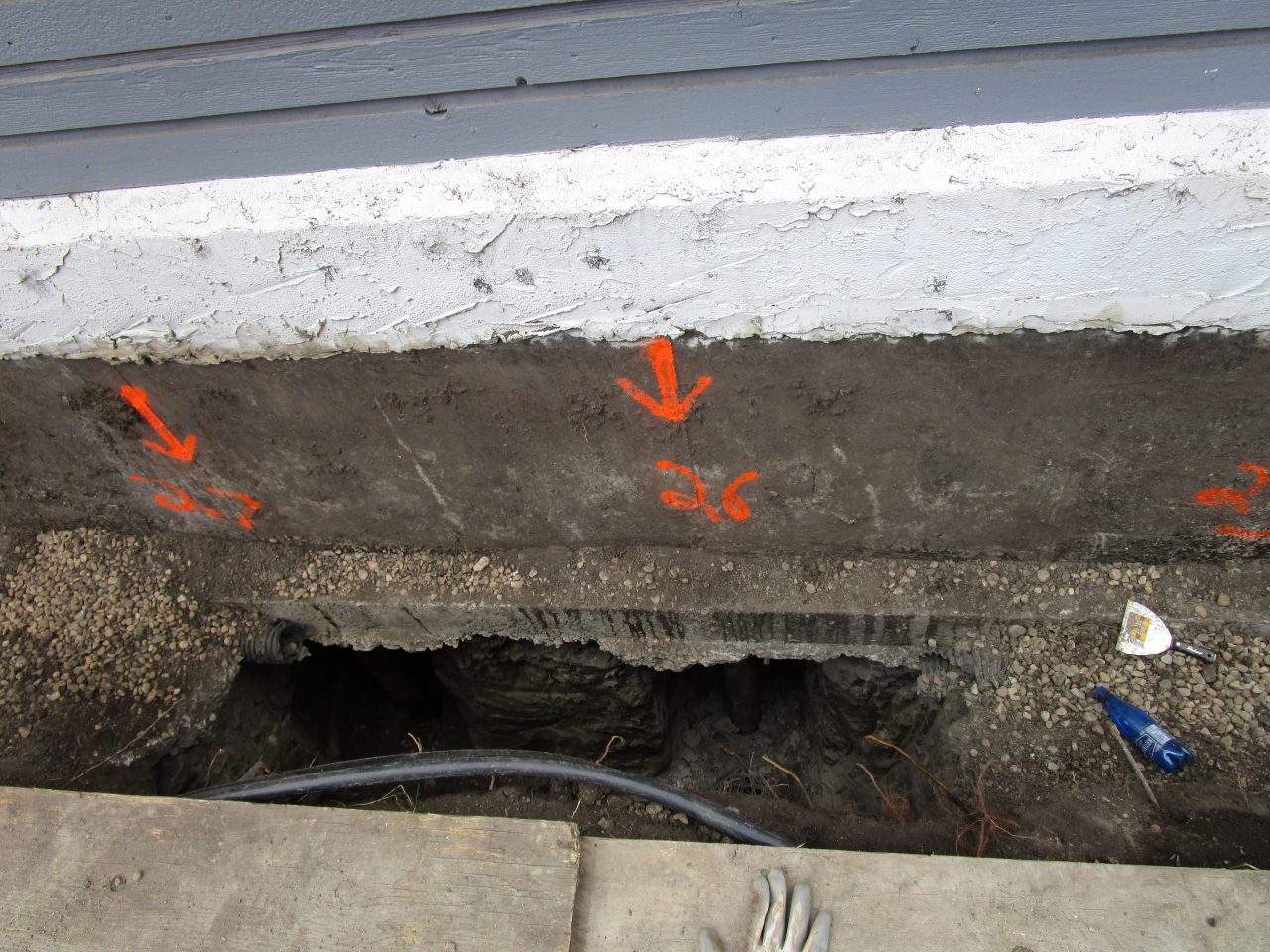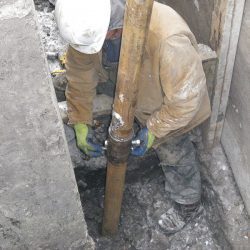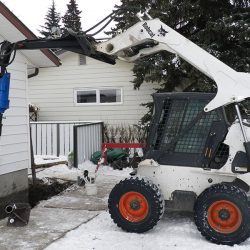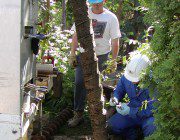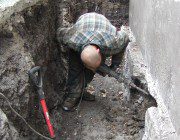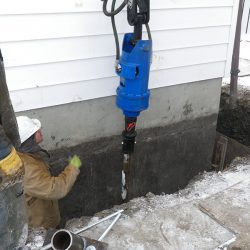FOUNDATION UNDERPINNING IN EDMONTON & AREA
Abarent Construction provides professional foundation underpinning and basement underpinning services in Edmonton to stabilize and strengthen weak or unstable foundations, ensuring long-term structural integrity for your home.
For foundation settlement problems, we use either a Concentrically installed Steel Pipe Push Pile or an end bearing Screw Pile. What system we use depends on specific criteria which will determine the method. Our experienced staff and Engineering Department will analyze your needs and come up with a detailed repair plan.
High-Quality Engineered Pile Systems with Superior Safety and Stability
All products are manufactured and tested to the highest industry standard. Each project and pile system is fully engineered to meet site requirements with a “Safety Factor” added. Special underpinning brackets are used to stabilize and/or lift basement foundations in distress. These systems have many advantages over other foundation underpinning systems available in the industry – for more information and pricing, contact us!
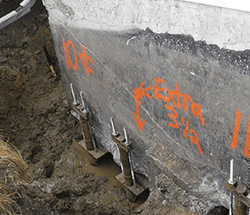
WHAT IS FOUNDATION AND BASEMENT UNDERPINNING?
Foundation movement occurs in varying degrees, impacting the structural integrity of buildings, affecting underpinning foundations and potentially requiring basement underpinning.
An experienced professional should be consulted to assess the movement to determine the severity and provide remediation/repair solutions as may be required.
To fully appreciate how foundation movement can be remediated, one must understand the cause of the movement, which often requires geotechnical analysis, which is crucial for quality underpinning basement repair solutions.
Foundation settlement and movement can be caused by one or a combination of the following:
- Dehydration of the soil creating shrinkage of the soils causing settlement
- Expansion of the soil due to too much moisture or frost action causing uplift of the foundation and its components
- Existing pile failure due to piles not being designed properly or improper installation
- “Wash Out” of bearing soil due to water erosion and/or water and sewer line issues
- Existing Foundation components bearing on soft soils not capable of handling loads
There are other causes for foundation movement, but the above five are the most common. Once again, it is very important that all relevant information be analyzed by an experienced professional to determine what is occurring. Only then can an effective remediation/repair plan be put together.
One of the most common solutions to stabilize the foundation of a building is to underpin the foundation down onto a more stable soil, a process that aids in subsidence prevention.
This soil layer should be suitable by strength and type to accommodate the loads exerted on it, often requiring soil stabilization techniques.
It should also be well below the “active soil layer”.
Effective Solutions for Stabilizing Foundations in Active Soil Layers
“Active Soil Layer” is the layer of soil that is affected by seasonal changes in moisture levels. Most commonly this soil layer is usually within the top 20 feet of soil. Periods of drought or high periods of precipitation can drastically affect expansive clay or active soils.
Underpinning is typically done by installing a pile under the existing foundation, effectively increasing its load-bearing capacity, a process that experienced underpinning contractors can perform efficiently to enhance basement stability.
There are many forms of piles available, each designed to provide optimal foundation reinforcement.
Read our Discussion on Underpinning to fully understand the different choices for underpinning that you have, how they work and what Abarent Construction’s process is. Give us the opportunity to show you the “Abarent Advantage”, backed by our team of experienced structural engineers.
WHAT ARE THE DIFFERENT TYPES OF UNDER PINNING?
Foundation underpinning is an excellent method used to strengthen and stabilize a foundation that has become weak or unstable, improving the overall performance of your basement.
There are several types of foundation underpinning repair methods, including:
- Conventional underpinning: Involves excavating beneath the foundation and installing new concrete or masonry piers. This method is commonly used for buildings with shallow foundations, and it can be done manually or by using machines.
- Driven Piles: Involves driving steel or concrete piles into the ground to support the foundation. The piles are typically driven to a depth where the soil is more stable. This method is commonly used for buildings with deep foundations, or for underpinning a large area.
- Grout injection: Involves injecting a grout mixture into the soil to fill voids and stabilize the soil. This method is commonly used for underpinning shallow foundations, and it can be done manually or by using machines.
- Helical piers: Involves installing steel piers with helical blades that are screwed into the soil. This method is commonly used for underpinning shallow foundations, and it can be done manually or by using machines.
- Mini piles: Involves installing small diameter piles of steel or reinforced concrete into the ground, using a rotary or percussive technique. This method is commonly used for underpinning shallow foundations, and it can be done manually or by using machines.
Key Takeaways from Foundation and Basement Underpinning Repair in Edmonton
- Foundation underpinning strengthens and stabilizes foundations that are weak or unstable.
- Abarent Construction provides expert foundation underpinning services in Edmonton.
- Foundation movement can be caused by soil dehydration, soil expansion, pile failure, washout of soil, or soft soils.
- Underpinning involves installing piles under existing foundations to increase load-bearing capacity.
- Different underpinning methods include conventional underpinning, driven piles, grout injection, helical piers, and mini piles.
- An experienced professional should assess foundation movement to determine proper remediation or repair.
- Underpinning costs vary based on job size and complexity, typically ranging from $5,000 to $80,000.
COST OF FOUNDATION UNDERPINNING IN EDMONTON
The foundation cost and average price of underpinning can vary depending on the size and complexity of the job, as well as the type of underpinning method used for your underpinned basement.
On average, underpinning foundation cost is between $5,000 and $80,000,000, but it can be more expensive for larger or more complex jobs.
DO YOU HAVE QUESTIONS ABOUT COST OR DOWNSIDES?
Foundation underpinning is typically needed when a foundation has become weak or unstable due to changes in the soil conditions or the weight of the building. This can cause problems such as settling, cracking, or shifting of the foundation and the structure on top of it.
The duration of foundation underpinning can vary depending on the type of underpinning method used, the size of the foundation, and the condition of the soil. On average, it can take a few days to a couple of weeks to complete foundation underpinning.
The cost of foundation underpinning can vary depending on the size and complexity of the job, as well as the type of underpinning method used, sometimes involving excavation techniques.
On average, foundation underpinning can cost between $5,000 and $80,000, but it can be more expensive for larger or more complex jobs.
It can be expensive and time-consuming, it can be disruptive to the building and the surrounding area during the construction process.
GET A FOUNDATION OR BASEMENT UNDERPINNING QUOTE IN EDMONTON
If you need experienced professionals to help with your foundation underpinning considerations, contact Abarent Construction’s Edmonton or Vancouver office.
We can discuss the details of your project, our range of work including structural retrofitting, and provide you with an estimate based on your specific needs and budget.
We take pride in our customer service.

